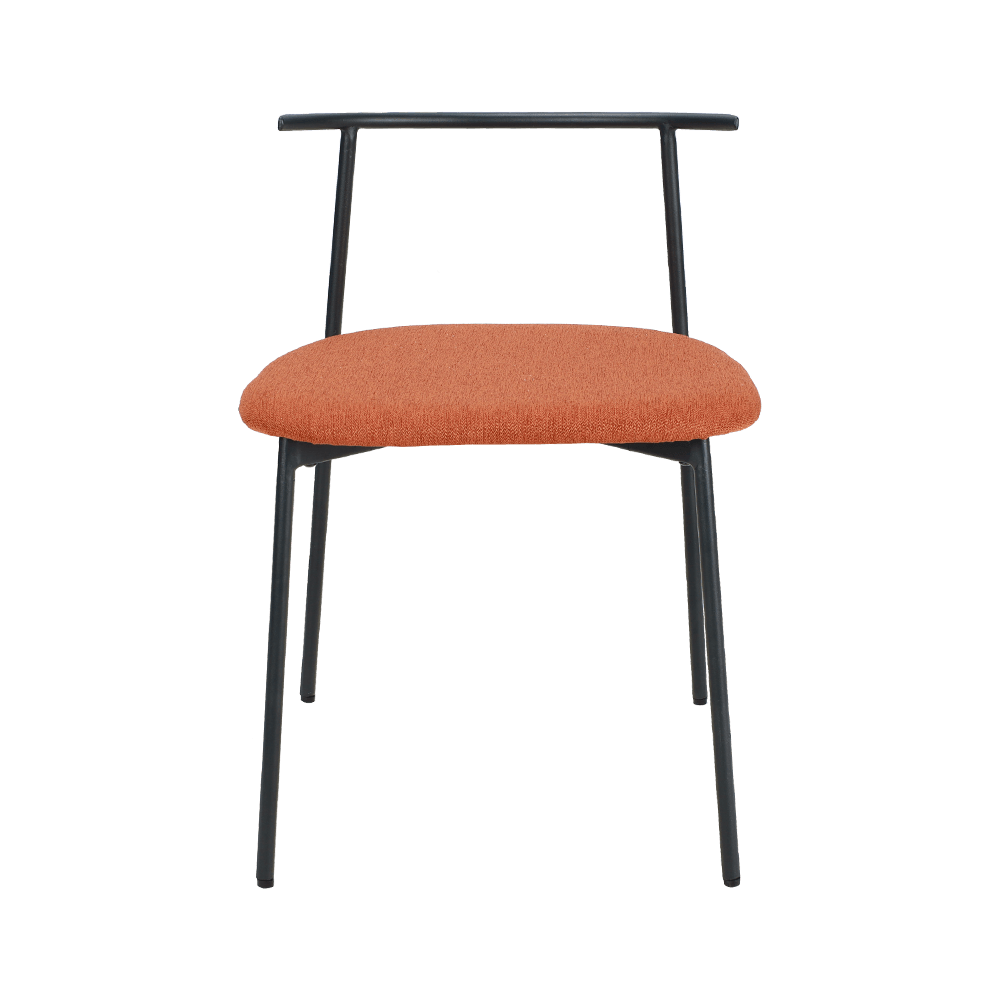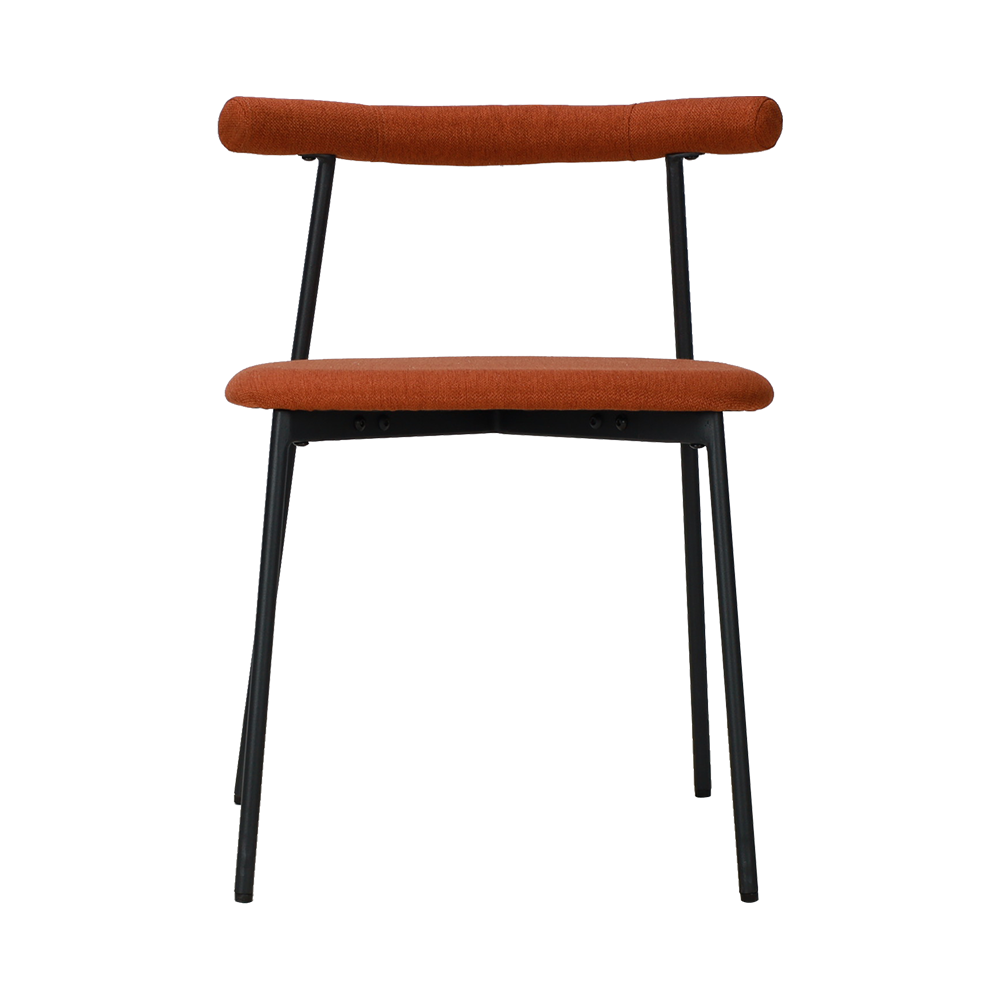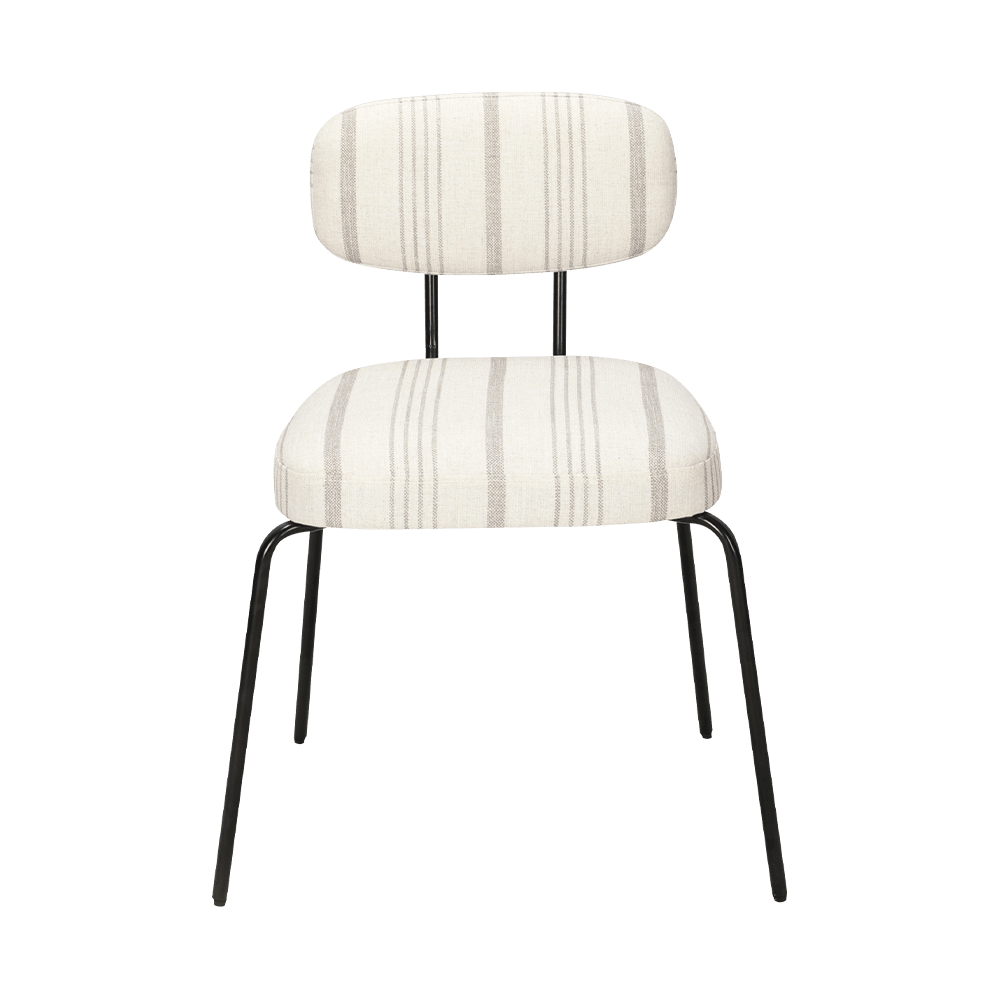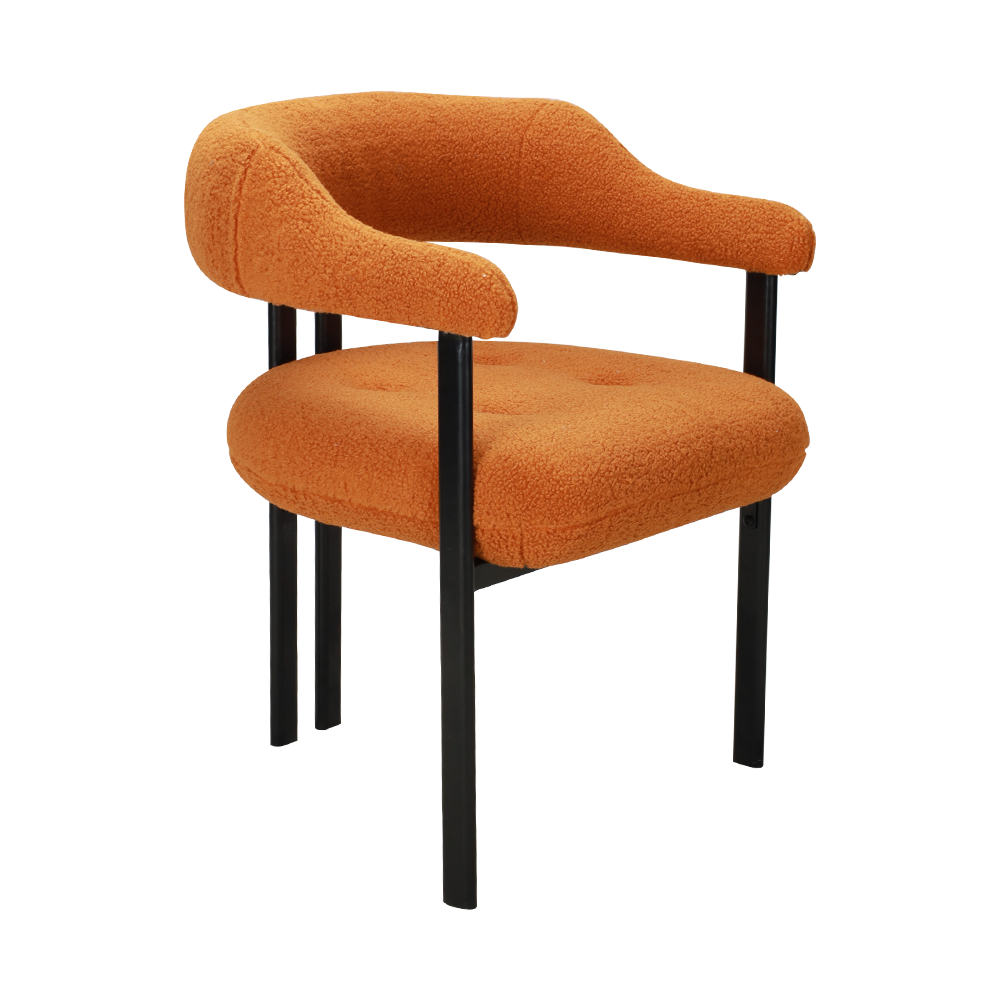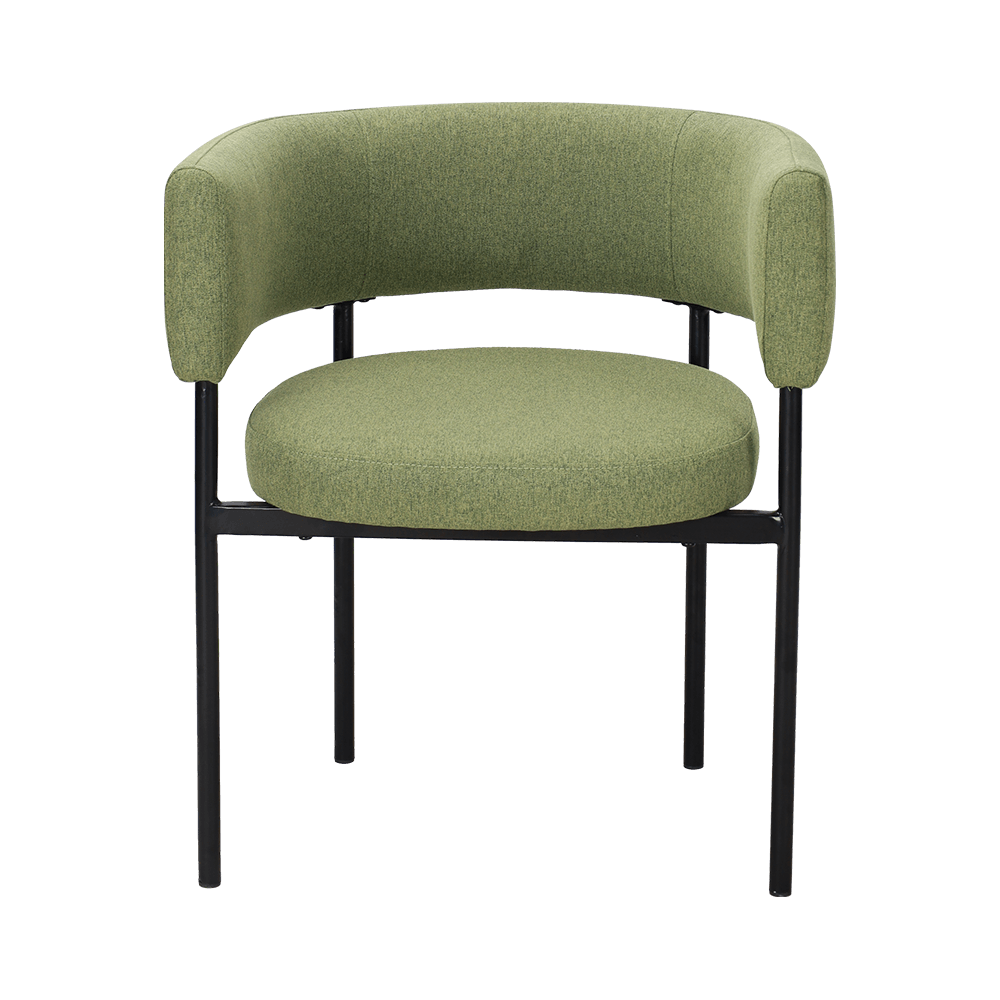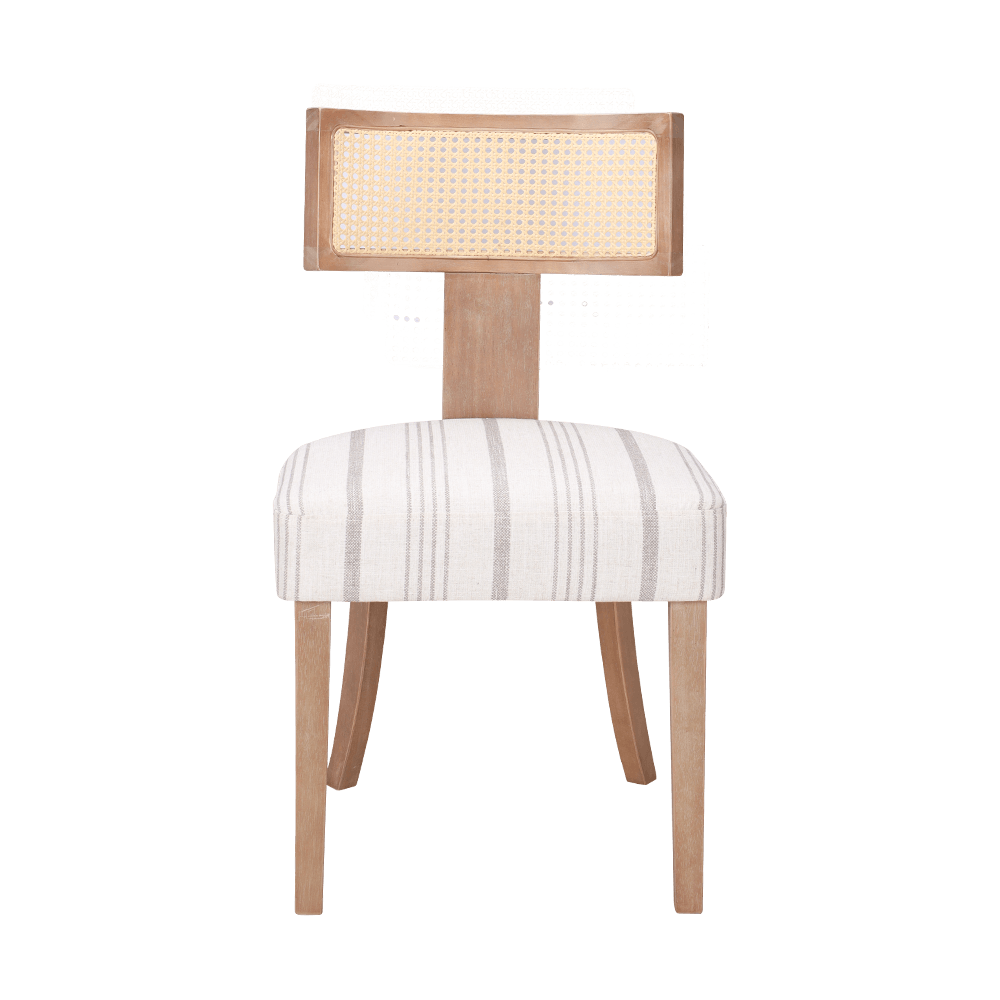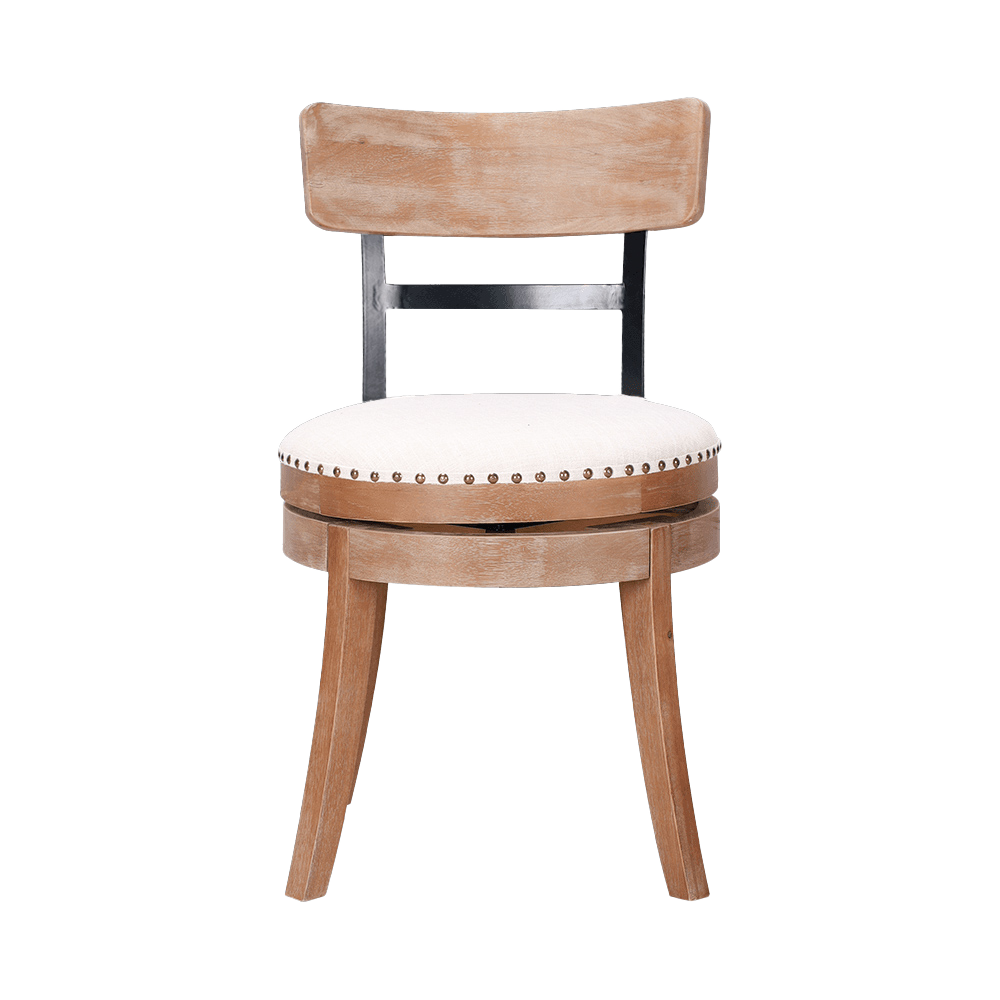What are the main advantages of choosing a fabric dining chair compared to leather or wooden options?
Posted by Zhejiang Wanchang Furniture Co., Ltd.
Dining chairs are more than just seating; they are central elements in defining the comfort, style, and functionality of a dining room. When selecting dining chairs, homeowners and designers often weigh the merits of different materials—primarily fabric, leather, and wood. While leather exudes luxury and wood represents tradition and durability, fabric dining chairs bring a unique balance of comfort, variety, and aesthetic versatility. This article explores the main advantages of fabric dining chairs and explains why they are a popular choice in modern dining spaces.
1. Superior Comfort
One of the most notable advantages of fabric dining chairs is their comfort. Unlike wood or leather, fabric provides a softer, warmer surface that feels pleasant to sit on for extended periods. The padding underneath the fabric upholstery adds extra cushioning, making fabric dining chairs more inviting for family meals, gatherings, or long dinner parties.
Leather chairs, while elegant, may feel cold in winter and sticky in summer. Wooden chairs, though sturdy, typically lack the cushioning that fabric chairs naturally provide. For people who value comfort above all, fabric dining chairs create a cozy seating experience that leather and wood cannot fully match.
2. Wide Variety of Styles and Textures
Fabric offers unmatched versatility in terms of design. It comes in countless colors, patterns, and textures, giving homeowners the ability to customize their dining chairs to suit any interior theme. Whether the dining space leans toward modern minimalism, classic elegance, rustic charm, or eclectic vibrancy, fabric upholstery can be tailored to enhance the desired atmosphere.
By contrast, leather dining chairs are usually limited to neutral tones like black, brown, or white, while wooden chairs emphasize natural finishes. Fabric allows for bold experimentation with color schemes, textures, and decorative patterns, making it the most flexible option for personalized dining room styling.
3. Cost-Effectiveness
In many cases, fabric dining chairs are more affordable than their leather counterparts. Genuine leather chairs tend to fall in a higher price bracket due to the cost of raw materials and craftsmanship. Wood chairs can also be expensive, especially if crafted from premium hardwoods. Fabric dining chairs, however, come in a range of price points, making them accessible to a broader audience.
Additionally, fabric chairs often allow homeowners to refresh their dining room look without a significant investment. Reupholstering or adding slipcovers can be a cost-effective way to update the appearance without replacing the entire chair.
4. Warmth and Soft Aesthetic Appeal
Fabric dining chairs bring a sense of warmth and softness that leather and wood often lack. While leather and wood tend to project formality or rigidity, fabric introduces a more welcoming and relaxed atmosphere. This softer aesthetic makes fabric chairs a great choice for family-oriented dining spaces where comfort and approachability are prioritized.
Furthermore, fabric absorbs sound better than leather or wood, helping to reduce noise levels in the dining room. This acoustic benefit creates a cozier environment, especially in open-plan homes where the dining area is connected to the living room or kitchen.
5. Customization and Flexibility
Another significant advantage is the flexibility of fabric dining chairs in terms of customization. Buyers can choose from cotton, linen, polyester, velvet, or performance fabrics depending on their needs. Performance fabrics, in particular, are designed to resist stains and wear, making them suitable for households with children or pets.
This level of choice allows homeowners to tailor their chairs not only to their aesthetic preferences but also to practical considerations such as durability, ease of cleaning, or resistance to fading. While leather and wood offer limited customization options, fabric can be adapted to virtually any requirement.
6. Maintenance Options
Although some may view fabric as harder to maintain compared to leather or wood, advances in fabric technology have made cleaning much more manageable. Many fabric dining chairs today use stain-resistant or water-repellent materials, which make spills easier to wipe away. Slipcovers are also available for fabric chairs, offering an additional layer of protection and easy cleaning by machine washing.
Leather requires specialized cleaning and conditioning to prevent cracking, while wood needs polishing and protection from moisture. Fabric chairs, with the right upholstery choice, can balance practicality and ease of upkeep without extensive maintenance routines.
7. Enhanced Ergonomics
Fabric dining chairs are often designed with ergonomics in mind, featuring cushioned seats and supportive backrests that align with the body. This makes them more comfortable for long-term seating compared to wooden chairs, which may require cushions, or leather chairs, which can feel stiff over time. The padded support of fabric dining chairs contributes not only to comfort but also to better posture during meals.
8. Suitability for Diverse Environments
Because of their adaptability, fabric dining chairs fit into a wide variety of dining spaces. They can soften the look of a contemporary dining room, add warmth to a minimalist interior, or bring vibrant patterns to an eclectic home. Their flexibility makes them appealing for homeowners, restaurants, and hotels alike.
By contrast, leather dining chairs are often associated with formal or upscale settings, while wooden chairs evoke rustic or traditional interiors. Fabric chairs bridge the gap by offering comfort and style suitable for both casual and formal dining environments.
Conclusion
Choosing a dining chair involves balancing comfort, style, durability, and budget. Fabric dining chairs stand out because they offer superior comfort, a wide range of customization options, cost-effectiveness, and a warm aesthetic that enhances the dining experience. Unlike leather, which can feel formal and expensive, or wood, which emphasizes strength but may sacrifice comfort, fabric chairs combine practicality with versatility.
For homeowners seeking a balance of coziness, design flexibility, and affordability, fabric dining chairs provide an excellent solution. Their adaptability to different styles and lifestyles ensures they remain a favored choice in both residential and commercial dining spaces.




 中文简体
中文简体 English
English